Is it a good idea to upload podcasts to YouTube? How do you upload podcasts to YouTube seamlessly? Here you will find answers these questions and more related to uploading podcasts to YouTube. So, if there is something giving you sleepless nights about this, burning questions that you might have, read on to learn more.
YouTube is not a music platform
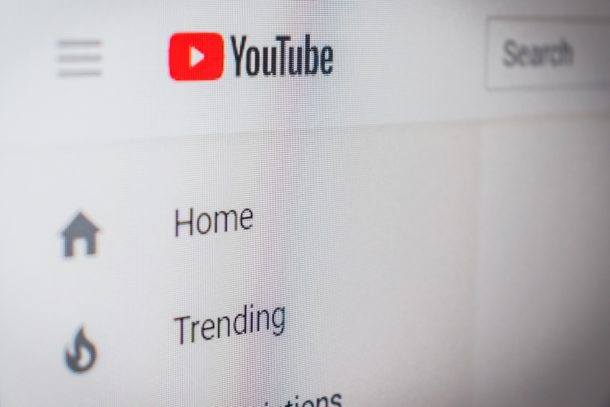
While it is true that YouTube is not a music platform, but rather one for watching videos, their music and audio content does equally well. For example, some numbers show that more people listen to audio content on YouTube than anywhere else. In fact, in 2018 YouTube attracted 46% of all music streaming listening time around the world. These are good reasons that show the significance of leveraging YouTube for your business, a platform that billions of people browse every day.
Why upload your podcasts to YouTube?
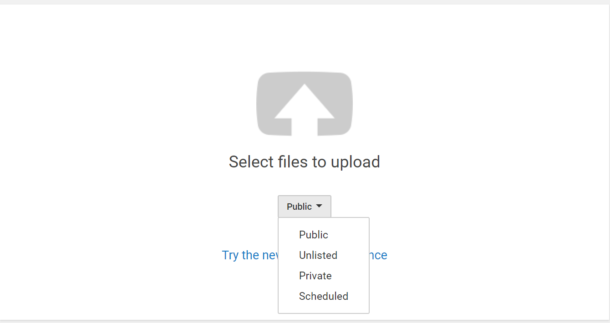
Besides, having tons of people listening to your podcasts, here are some additional benefits you can gain by repurposing and publishing your podcasts on YouTube.
- Tap into a massive audience: Daily, billions of people across the globe visit YouTube. That is a huge number compared to what other platforms are reporting. Posting your podcasts to YouTube, therefore, means you gain access to all these people who could become loyal listeners.
- YouTube offers analytical tools: By using YouTube analytical tools, you can view who is listening, for how long they are engaging with your content, how they found it, and so on.
- YouTube allows viewers to engage with content by adding comments: Naturally, podcasting is a one-way conversation. Only the podcaster, in this case, you will be speaking unless you create your own podcast community. Luckily, when you publish on YouTube, you can leverage the comments area to connect with your listeners.
- To stop content thieves: Content thieves exist. That is just a reality. They are there waiting for people to do the hard work for them and then trying to reap the rewards for themselves. As a podcaster, they can take your podcasts and publish them on YouTube to get ad revenue. To stop them, consider posting on YouTube.
- Easy to monetize your videos even with a small audience: Many podcast sponsors consider the number of downloads before making a decision. If your downloads are low, chances of getting a sponsor also dwindle. This is not the case with YouTube. Even with little downloads, you can still generate revenue from your content. That means you continue to gain more as you record more downloads.
Best ways to upload a podcast to YouTube
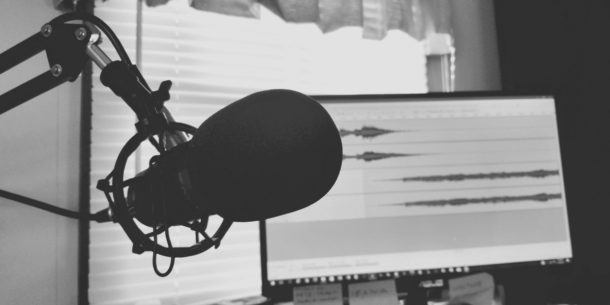
Upload the entire episode
Pros
- No planning necessary
- Easy to add to you or your team’s workflow
- Simple and easy. No editing required
- Easy to automate with tools like Castos YouTube Republishing
Cons
- Discourages people to listen on iTunes
- People may not be willing to sit through 30-45 minutes
- Gives everything away
- A single background image isn’t always appealing
- A bit challenging to create a compelling title that is searchable
Upload a snippet
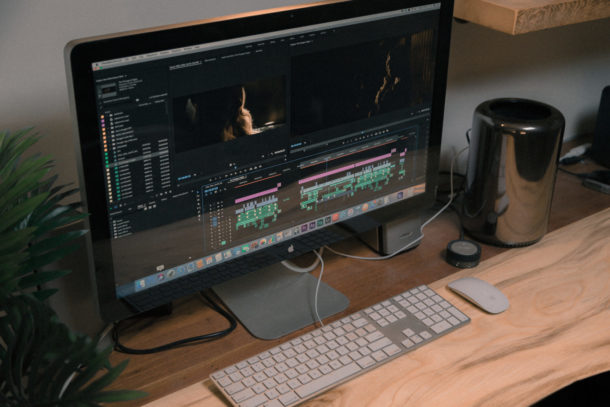
Pros
- More downloads means more sponsor revenue
- Great to share on social media
- Lures people to hear more on iTunes or your website
- High likelihood of people sharing shorter videos than a lengthy episode
Cons
- Dilutes YouTube views across videos so you won’t make as much money per video
- Requires some video editing, which can cost time and money
- You will have to learn some YouTube SEO to title your videos well
- Extra work uploading individual snippets to YouTube
Entire episode vs. snippet: Which is the right option?
Both options are great and never disappoint. Basically, if you are more comfortable editing video and publishing to YouTube, you are likely to find snippets more appealing. But if looking for an easy way to upload without a lot of work, then consider uploading the entire video.
The bottom line: Whether you decide to upload snippets or the entire video, go for the option that will support your podcast growth. You should try both options before making a decision.
How to upload a podcast to YouTube
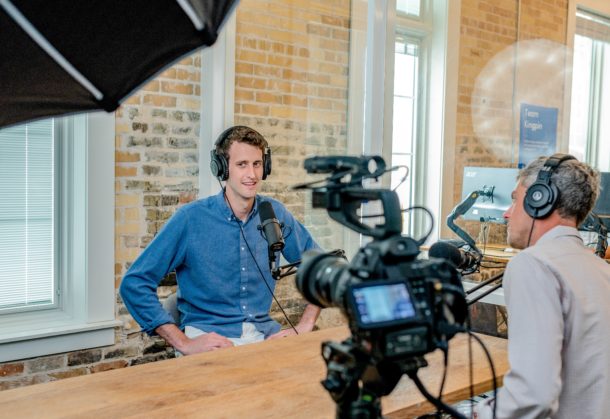
It is not possible to upload MP3s to YouTube. That means you have to convert your audios to MP4s (video). With that in mind, let’s see how you can upload your podcasts to YouTube.
- Record video as you record the audio: When recording your podcasts, consider also setting up a camera to capture your performance. That way, you will have a more engaging podcast that is easy to upload. You don’t need to budget for expensive equipment. To avoid breaking the bank, go for what you can afford.
- Record video of you and your guests: It is a good practice to capture your guests when recording. Tools like Google Hangouts, Zoom, and Skype make it easier to record the video along with the audio.
- Present into your webcam: You can as well present directly into your webcam. This approach allows you to show additional content or images. For example, you can show your viewers diagrams, charts, or articles when podcasting.
- Convert your audio file into a video: This is probably the easiest way. Simply convert your audio file into a video and add a single, static graphic that never changes.
Making a YouTube channel for your podcast

Here is what you need to do:
Sign up for a YouTube account and log in to the website
You can use your Gmail or yahoo account to create an account. Go to YouTube to get started.
- Choose your country from the drop-down menu: Enter your date of birth and gender in the appropriate fields. Then, select your privacy settings from the list of options and finally click the “All done!” button.
- Create the URL for your channel’s RSS feed. The format for the feed is http://gdata.youtube.com/feeds/api/users/yourchannelname/uploads. You need this URL as your podcast’s RSS feed for podcast applications, directories plus MP3 players, and smartphones that allow you to subscribe to podcasts.
- Navigate to your channel’s homepage at youtube.com/yourchannelname. Click the “Upload” button to add videos to your channel. You will have the option to upload multiple files or even record a video directly into YouTube from your computer’s webcam. Each time you upload an episode of your podcast, it will be added to your channel’s RSS feed. This allows podcast directories and applications to download your newest episode for subscribers automatically.
- Add your podcast’s RSS feed URL to your website with a subscribe link. This makes it easier for your site visitors to subscribe to your YouTube podcast channel. Use the code format below for an easy subscribe link:
Create an enhanced podcast feed
- Log in to Feedburner.com with your YouTube username and password. Feedburner will allow you to create enhanced, feature-rich feeds so you can track your podcast statistics, add iTunes podcasting elements, provide a podcast summary in your feed, and assign categories and keywords.
- Enter your podcast RSS feed URL into the “Burn a feed right this instant” field. Check the “I am a podcaster” box. Click “Next.”
- Type a title for your podcast in the “Feed Title field.” Click “Next.” Feedburner produces an enhanced feed that you can use as the subscriber link on your website and for inclusion in podcast directories.
Conclusion
Whether you’re starting out your podcast journey or need to increase your brand, YouTube is definitely a vital player. It makes sense, to create content to repurpose and reach out to several audiences and not just one. You can create a podcast episode and plan to play it on iTunes, Spotify, Google Podcast, Soundcloud, etc. But if you want to grow your audience, you reach out to YouTube, create a website with transcripts, blog posts, a PDF file, slideshares and connect all of them together for one single episode.
